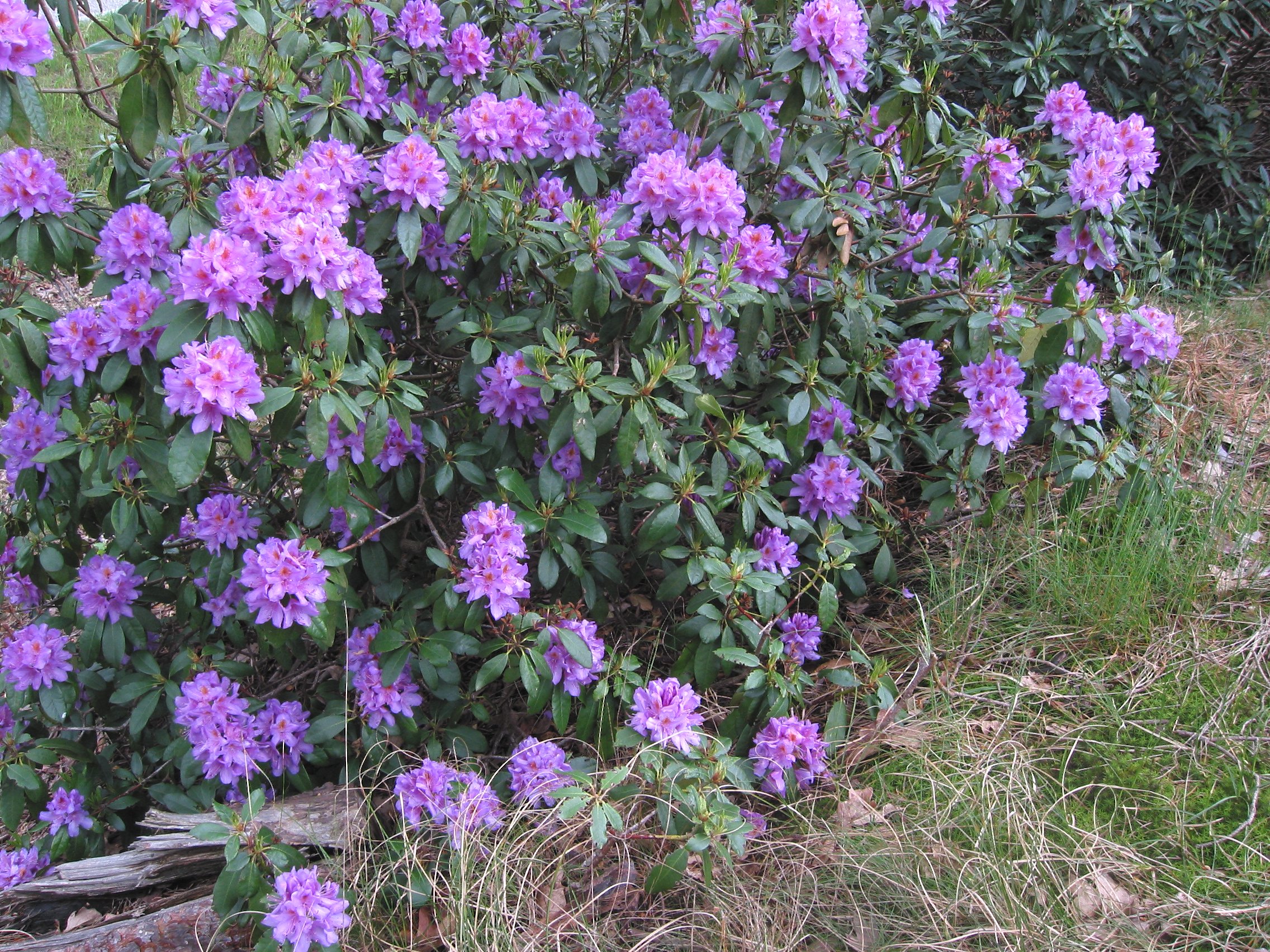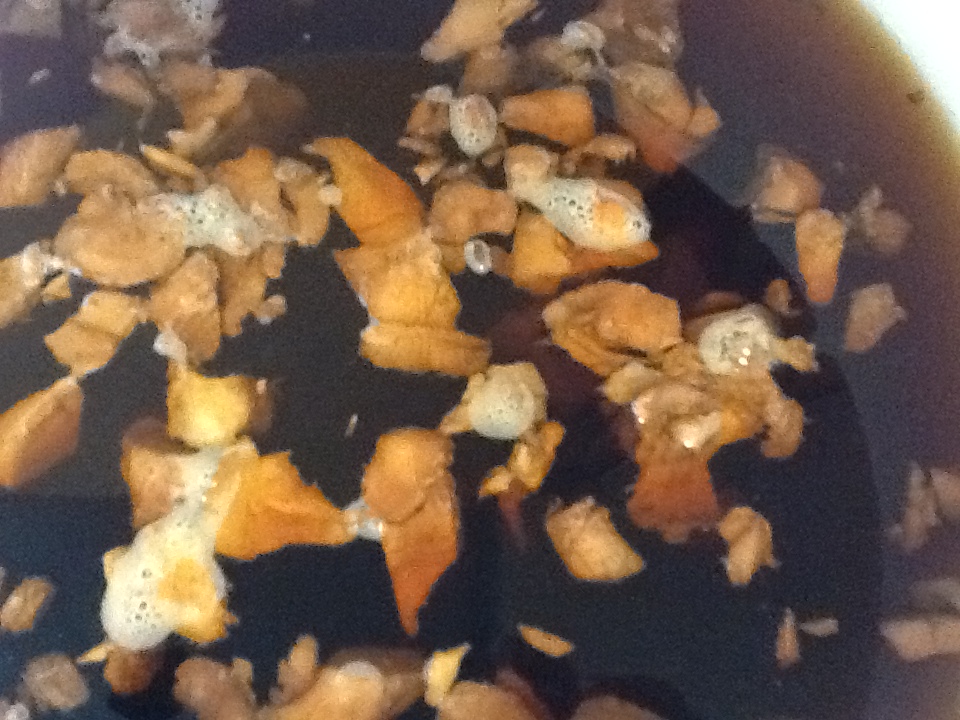A couple months ago, my friend Mitch Scheele, who writes for the Northwest Brewing News, contacted me about an experiment he wanted to do. He had invented a piece of equipment he calls the “Hop Screw”. It’s a stainless tell cylinder with holes in it, a bar across the top to attach it to your boil kettle, and a plate and screw handle on top. A bit like a stainless cider press. The idea is that you attach it to your kettle before you start collecting wort. The hops go into the cylinder in the kettle and when the boil is finished you screw the plate down to press the hops, recovering trapped wort and hopefully hoppy goodness. His idea was to compare a beer made with whole hops and the Hop Screw to the same beer made with pellet hops. In the format of the book, the question was “How do whole and pellet hops compare in the same beer?” and the hypothesis was “Whole hops pressed with the Hop Screw will give up more oils, leading to a beer with better hop character”.
We settled on a toned down version of the Hop Stoopid recipe from the book “Craft Beer for the Homebrewer” (Voygeur Press, 2014). Toned down meaning we cut the OG back to about 1.065 from 1.080 and the IBU from 321 to “only” about 270. We figured that since it’s such a hoppy beer that it would give us a chance to really evaluate what was going on with the hops. I mashed enough grain to produce 11 gal. of finished beer and we split it between our kettles. As the boil progressed, I tossed my pellet hops in loose and Mitch put loose whole hops into the Hop screw inside his kettle. The Hop Screw seemed to reduce the vigor of the boil a bit, so he compensated by adjusting his burner. Once the boil was over, I began chilling while Mitch screwed his hops (yes, I’ve been waiting to say that!). Each batch was put into a 7.5 gal. bucket to ferment, and the buckets were transferred to tubs of water to maintain fermentation temperatures as closely as possible. Fermentation went on for 2 weeks, then the beers were transferred to different buckets and dry hops added to each for a week at room temperature. The beers were then kegged and allowed to settle.
For the tasting, 2 2L bottles were pulled from each keg, fitted with carbonater caps, and allowed to settle in the fridge for a few days. For the tasting, Mitch brought along his brother and a friend and participated in the tasting himself. Obviously, he knew what the experiment was about, but he hadn’t tasted the beers yet and had no idea which was which. Aaron Brussat, the beer steward at the hottest beer bar around, and Norm Vidoni, who owns an organic hop farm and brewery, also participated. We did a classic blind triangle tasting. Each taster was given 3 samples of the beer in opaque cups labelled A, B, and C and asked to pick out the beer that was different. Beer A was made with pekllet hops and B & C were the beer made with whole hops. Although I had tasted the beers myself and had a clear preference, it was a little bit of a surprise that all 5 tasters correctly identified the different beer. But only a little bit! They were then given a sample of each beer along with a form with questions about the beers. Below are the questions, along with some of the responses. Q
1. Which beer tasted more bitter? Results: 3 A 2 B
Comments A – Apparent immediately on the back of the tongue. Clean crisp finish. Bitter not better. Coats the whole inside of my mouth, lingers quite a bit. Not too harsh or unpleasant
Comments B – Bright but firm. Fairly piquant. Lingers as much as the sweet malt flavors. Bitterness apparent a bit later, stronger later on. More end bitterness
Q2. Which beer had more hop flavor? (3A, 1B, 1 no preference)
Comments A – Citrus, concentrated fruitiness. Grapefruit peel and a bit of pith. Spicy and citrusy
Comments B – Bright and sweet fruit, orange strawberry, guava. Earthier than A, less pithy up front. Citrus, stronger fruitiness.
Q3. Which beer had more hop aroma? (3A, 1B, 1 no preference)
Comments A – Fruity, bold, very apparent citrus. Tropical, mango, guava, some pineapple, red apple. Lower pine/fir notes.
Comments B – Fruity, more mild, mild yeast notes come through. Tropical, but sweeter. Gravitates more toward tangerine. Some sweetness may come from malt/fermentation byproducts. Lemon/grape aroma after drinking
Q4. Which beer did you prefer? (4A, 1B – the B guy doesn’t like bitter beers)
Comments – I preferred A, though it was less balanced than B. The myriad tropical notes in A were pronounced and distinct. I’m not a fan f harsh bitterness so B wins on that count. Tough decision overall. B finishes cleaner, but A has the definition. A aroma much more aggressive. B bitterness more strong, felt sweeter. A with less bitterness at the end. So, there ya go…what was the takeaway from all this? Before we get to that, it’s important to look at some areas where this experiment fell short. For hops with known IBU we matched the IBU between pellets and whole as closely as possible. But 2 of the 4 hops varieties Mitch used were homegrown, so we simply matched weights with those. We did not attempt to account for the reported 10% increase in utilization due to using pellet hops. In retrospect, we might have been better off to use all commercial hops of known IBU.
You also have to take into consideration the age and packaging of the hops. Pellet hops respond to storage better than whole, and despite the fact that all the whole hops were vacuum sealed and kept in a freezer, taking a whiff of the whole hops before use seemed to indicate a bit of oxidation of some of them. The hop aromas were more muted than the pellets, with some very slight off notes. Finally, there’s the terroir aspect to consider. To make this a completely balanced test, we would have had to have pellets made from the same hops as the whole. Chances of that happening are slight, so we simply had to make assumptions and move on.
Where does this get us? Hell, I’m not quite sure. I know that the beer made with pellets had more of the clean bitterness, fruity hop flavor, and fragrant hop aroma that I look for in an IPA. But looking at the comments, it’s apparent that the beer made with whole hops didn’t suck! A lot of it comes down to the personal preference of the tasters. I wonder if possibly some the hop character was affected by the use of the Hop Screw.
Could it have pressed out polyphenols that affected the bitterness and flavor perception? I think that the next experiment is to split a batch and use whole hops for both, but use the Hop Screw on one of them. That would likely be a better test of its usefulness. Simply testing whole hops against pellets will always be problematic unless you’re able to get both types from the same source.





